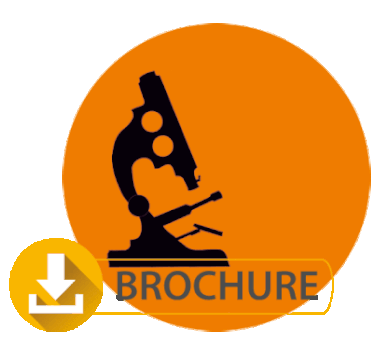Biography
Biography: Rama Mishra
Abstract
The most challenging issues facing the biopharmaceutical industry are the expiration of profitable drug patents, overreliance on blockbuster-type products, low numbers of new drugs being approved each year, and the increased costs associated with developing new drugs. At the same time, unprecedented advances in genomics, proteomics, molecular biology, and informatics have provided tremendous insights into the biological underpinnings of many diseases. The result is that there are increasing numbers of new drug targets against which to develop new therapeutics. However, given the rapidly increasing costs associated with developing new drugs, the drug discovery scientists have decreasing resources available to carry out the work. Unfortunately, the way in which new drugs are discovered is still carried out largely the same way it has been for the last 20-30 years. This process typically involves screening many thousands or millions of compounds in a high-throughput screen (HTS) to discover “hit” compounds for different disease targets. The HTS requires screening millions of compounds and the maintenance of vast compound libraries in facilities dedicated to their storage and use. These efforts are enormously resource and infrastructure-intensive and necessitate a large research overhead. Hit compounds found in this manner typically require substantial investments of time and money to optimize using medicinal chemistry to achieve a necessary level of potency, selectivity, and other properties consistent with an effective therapeutic. The main challenge in this field is developing drug candidates quickly, efficiently, and cost-effectively so that new drug targets can be validated and increased value can be realized. At Northwestern’s Center for Molecular Innovation and Drug Discovery (CMIDD), we have developed a novel strategy based on computational methodologies that efficiently identifies unique bioactive compounds possessing excellent drug-like characteristics without the burdens associated with large screening campaigns. This approach leverages recent advances in computational chemistry with unique methods to evaluate potential bioactive compounds using in silico tools. We have successfully used the novel in silico approach to discover new bioactive molecules for over few dozens of potential new drug targets. This strategy has the potential to shift the current drug discovery paradigm away from traditional in vitro HTS to the in silico approach CMIDD is pioneering. Furthermore, it will greatly accelerate the drug discovery process and increase the efficiency with which new drugs are developed. This is particularly important in an academic environment such as Northwestern University because this new strategy requires far less infrastructure and is much less costly than traditional HTS.

